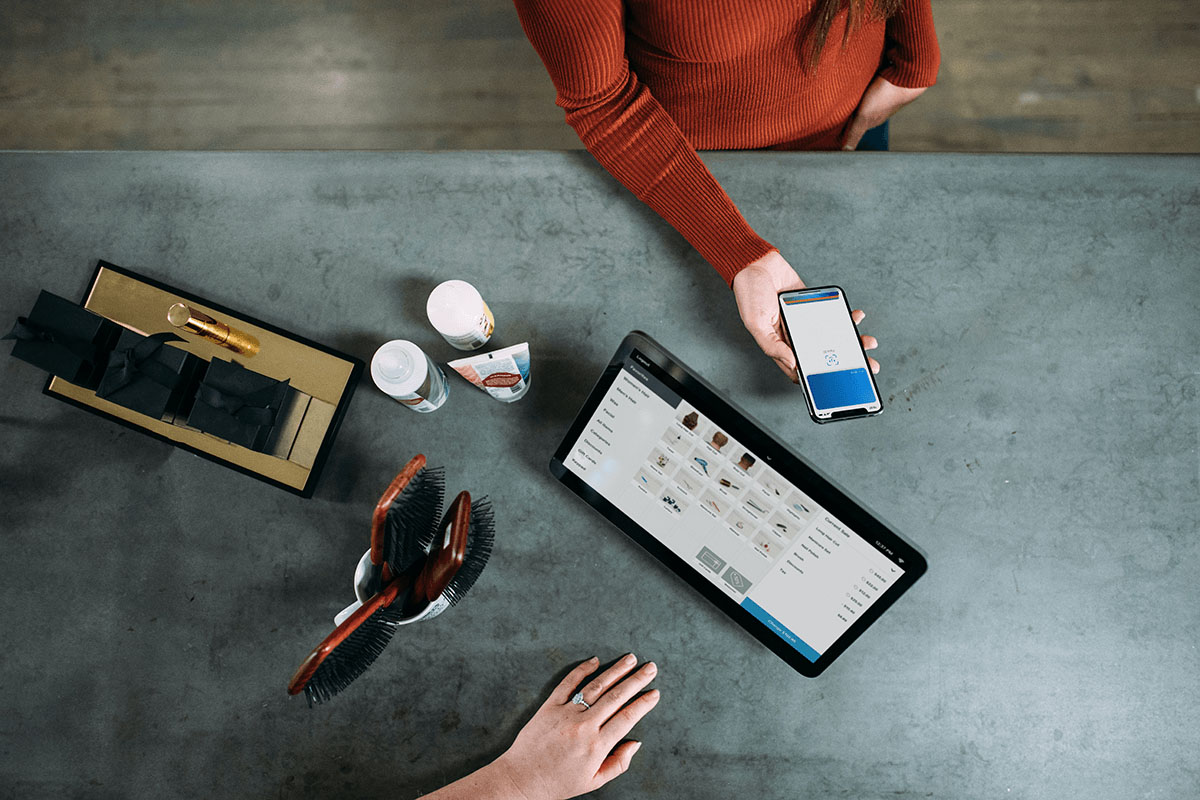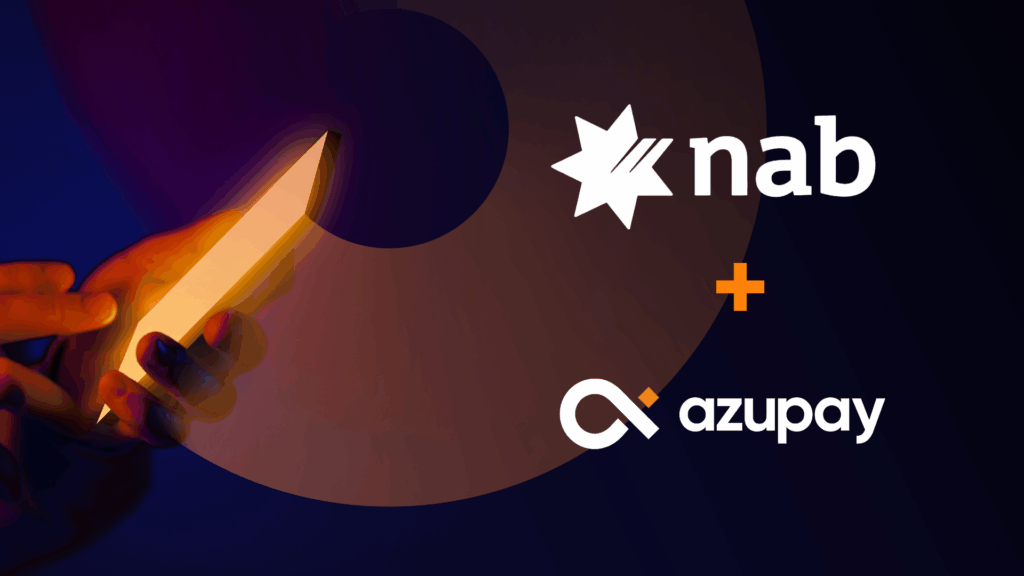Australia is becoming more of a cashless society. The demands for convenience and faster payment methods continue to accelerate. Fintechs, banks, financial services, businesses and consumers are realising digital payment methods are a better way to pay.
It’s undeniable, Australia is transitioning into a cashless society. Digital payments are becoming the most common way to pay, in particular, debit cards. In addition, new and upcoming payment alternatives like digital wallets, mobile payments, Buy Now, Pay Later (BNPL) and real-time payments are on the rise.
Since the Covid-19 pandemic, these payment methods have accelerated and pushed a lot of businesses to move forward and accept the shift away from traditional payments (cash and cards) and to offer e-commerce and digital payment options for their consumers.
Fintechs, banks and financial institutions are teaming up and being agile to meet the growing demands of businesses and consumers. They are focusing on services, customisation, personalisation and speed when it comes to processing funds.
Its important for Australian businesses to jump onboard digital payment trends. Here are the top 6 digital payment trends you need to keep an eye on:
1. Real-Time Payments
Real-time payments is the new and upcoming way to pay. Forget finding, remembering, checking and keying in long reference numbers or waiting for funds to be settled due to weekends, late hours and public holidays.
The New Payments Platform changed this all with real-time account-to-account payments for businesses and consumers. Real-time payment rails allow funds to move directly between different financial institutions within seconds, any time, 24/7/365 days including weekends and holidays. An example would be transferring money to a friend for dinner using PayID. For a quick and easy transaction, real-time payments is the ideal alternative to typical debit cards and cash.
2. B2B Payments
Fintechs, banks and financial companies are focused on B2B payments and disrupting payment trends in technology in a bid to provide the best possible service for business customers. In our current payments ecosystem, consumers expect faster and personalised payments, and the B2B payments sector are expecting the same.
The B2B payment trends in Australia is on the rise. These trends include e-invoicing, payment scheduling and providing transparency. According to Deloitte’s 2015 survey, Australian businesses are onboard with using electronic payments, which are better, faster and more cost-effective. As these expectations are already set in place, many fintechs, banks and financial institutions have implemented this and are consistently working on ways to improve a more faster, efficient and seamless processes.
3. Buy Now, Pay Later
Buy Now, Pay Later (BNPL) has sky-rocketed in such a short time. Almost every e-commerce website and mobile app has a list of BNPL providers as a payment option in the checkout. And there’s good reason – BNPL platforms are becoming more popular with millennials and Gen Z. These next-gen payment providers, such as Afterpay, Zip Co and Klarna, allow consumers to be in control of their spending by offering instalment payments and simpler repayment schedules.
4. Mobile & Digital Payments
The use of cardless cash withdrawals, contactless payments, e-wallets and mobile banking apps have grown exponentially. Between March 2020 and March 2021, the number of monthly digital wallet transactions have increased 90% in Australia. As of March 2021, more than 40% of contactless card transactions were from digital wallets.
It’s all about the convenience. Most Australian consumers use mobile and digital wallets for everyday expenses including public transport, groceries, food and beverage, retail shopping and petrol.
5. QR Payments
Since the pandemic, QR codes have surged. This technology is being leveraged across Australia and used in most industries including hospitality for menus as well as art and sporting events for check-ins. By now, almost all Australians have scanned and used QR codes. As the use of mobile and digital wallets are thriving, QR payments are as well. Due to consumer adoption with QR codes, QR payments are next in line. Eftpos in Australia announced they are rolling out a QR Code payment network covering online, mobile, and high street transactions.
6. PayTo
The New Payments Platform have introduced a new payment service, PayTo, a real-time alternative to the traditional direct debit payment process while bringing control to consumers and offering greater opportunities to businesses. The service allows consumers and business to authorise other approved parties to initiate real-time payments from their bank account via the NPP. For example, a parent can pre-authorise regular child-care payments or home utility payments. The authority or agreements contains the details of the payment and can be set up in real-time and authorised through the consumers existing online banking app. PayTo can be recurring or one-time and work online, in-store and on bills. For routine transactions, it’s a big savings in admin time.




